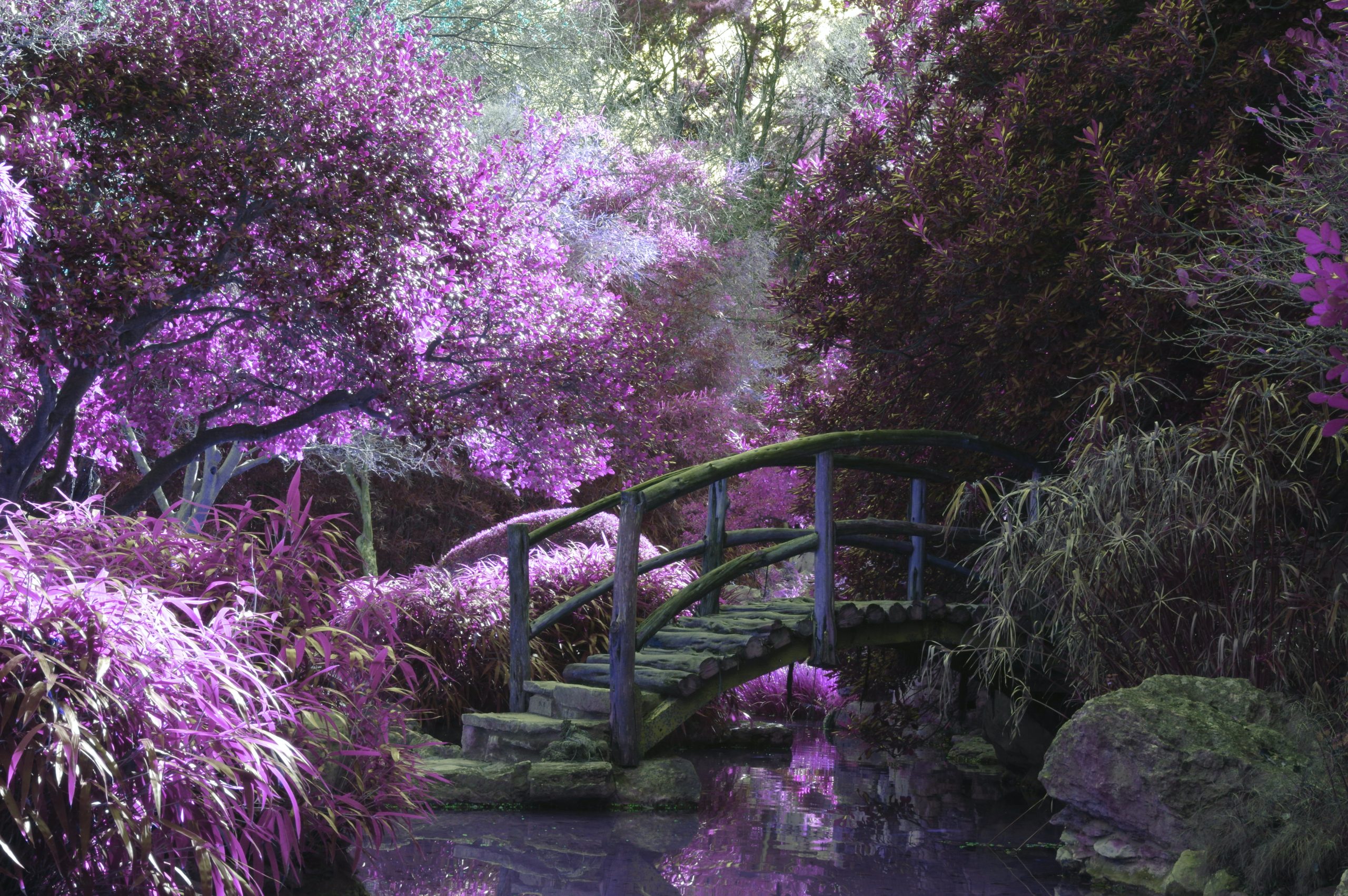Zen gardens are a beautiful and calming addition to any outdoor space. These gardens, also known as Japanese rock gardens or karesansui, are designed to promote relaxation and meditation. They typically feature a combination of rocks, sand, and gravel, with carefully placed plants and other elements to create a peaceful and harmonious environment. In this article, we’ll explore the key elements of a Zen garden and provide tips for creating your own.
What is a Zen Garden?
Zen gardens originated in Japan and were traditionally used by Zen Buddhist monks for meditation and contemplation. They are designed to represent a miniature version of a natural landscape, with carefully arranged rocks and sand representing mountains, rivers, and other natural features. The gardens are typically enclosed by a wall or fence, creating a sense of seclusion and privacy.
Key Elements of a Zen Garden
There are several key elements that are essential to a Zen garden:
1. Rocks: Rocks are the backbone of a Zen garden. They represent mountains and other natural features and are arranged in carefully selected patterns to create a sense of balance and harmony.
2. Sand and Gravel: Sand and gravel are used to represent water and other natural elements. They are raked into patterns to create a sense of movement and flow.
3. Plants: Plants are used sparingly in Zen gardens, but they can add color and texture to the space. Choose plants that are low-maintenance and complement the overall design of the garden.
4. Water Features: Water features such as fountains or small ponds can add a sense of tranquility to a Zen garden. The sound of running water can be very soothing and can help to drown out other noises in the environment.
5. Statues and Ornaments: Statues and other ornaments can be used to add interest and focal points to the garden. Choose items that are simple and understated, and that complement the overall design of the space.
Creating Your Own Zen Garden
Creating a Zen garden is a great way to add a sense of peace and tranquility to your outdoor space. Here are some tips for getting started:
1. Choose a Location: Choose a flat area in your yard that is away from other distractions. Consider adding a fence or wall to create a sense of seclusion and privacy.
2. Plan Your Design: Sketch out a rough design for your garden, including the placement of rocks, sand, and other elements. Consider the overall size and shape of the garden, as well as the placement of any water features or plants.
3. Select Your Materials: Choose high-quality materials for your garden, including rocks, sand, and gravel. Consider the color and texture of each element, and how they will work together to create a sense of balance and harmony.
4. Arrange Your Rocks: Start by arranging your rocks in the desired pattern. Use a variety of sizes and shapes to create interest and depth.
5. Add Sand and Gravel: Once your rocks are in place, add sand and gravel to the garden. Use a rake to create patterns in the sand, representing water or other natural elements.
6. Add Plants and Water Features: Add plants and water features to the garden, being careful not to overcrowd the space. Choose plants that are low-maintenance and that complement the overall design of the garden.
7. Add Statues and Ornaments: Finally, add statues and other ornaments to the garden to add interest and focal points. Choose items that are simple and understated, and that complement the overall design of the space.
In conclusion, a Zen garden is a beautiful and calming addition to any outdoor space. By carefully selecting rocks, sand, and other elements, and arranging them in a harmonious pattern, you can create a space that promotes relaxation and meditation. Whether you’re a seasoned gardener or a beginner, creating a Zen garden is a fun and rewarding project that can provide years of enjoyment.




